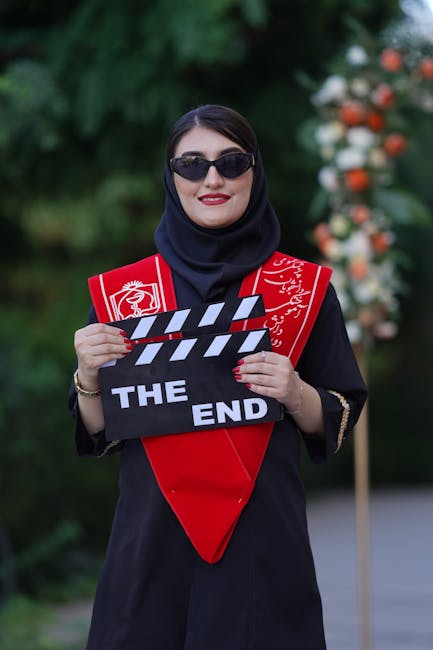The Arabic Alphabet in the World of Film and Cinema 🌍🎬
Welcome to a fascinating exploration of the Arabic alphabet’s role in the world of film and cinema! While Hollywood may often dominate the global scene, the vibrant cinema of the Arab world deserves a standing ovation. Let’s delve into how the Arabic alphabet influences storytelling on the silver screen and celebrates cultural diversity.
Table of Contents
1. Introduction to Arabic Cinema
2. The Role of the Arabic Alphabet in Film Titles
3. Subtitling and Dubbing: Bridging Language Gaps
4. Cultural Significance and Storytelling
5. Conclusion
6. FAQs
Introduction to Arabic Cinema 🎥
The Arabic film industry, rich in history and tradition, spans several countries from Egypt to Lebanon, Morocco to the UAE. Filmmakers in these regions utilize the Arabic alphabet not just as a communication tool, but as a cultural symbol that adds depth and authenticity to their work. The unique cursive script of Arabic often appears in film titles, posters, and even as part of the storyline.
The Role of the Arabic Alphabet in Film Titles 📜
Film titles are the first glimpse audiences get into a movie’s world. In Arabic cinema, titles written in the native script can carry multiple meanings, offering a layered understanding of the film’s themes. For example, a title might play on words or cultural references that resonate deeply with Arabic-speaking audiences while intriguing international viewers.
Subtitling and Dubbing: Bridging Language Gaps 🌐
To reach a wider audience, many Arabic films are subtitled or dubbed into other languages. This process not only makes films accessible to non-Arabic speakers but also highlights the beauty of the language. Subtitles often retain the original script, providing a visual connection to the language, while dubbed versions strive to maintain the emotional tone and cultural nuances.
Cultural Significance and Storytelling 🌟
The Arabic alphabet is more than just letters; it’s a carrier of culture and history. In Arabic films, the use of the native script can enhance storytelling by incorporating traditional calligraphy, poetry, and historical texts. This enriches the narrative and provides viewers with a deeper understanding of the film’s cultural context.
Conclusion 🎬
The Arabic alphabet plays a crucial role in the world of film and cinema, serving as a bridge between cultures and languages. From the intricacies of film titles to the subtleties of dubbing, the Arabic script enriches the cinematic experience, offering viewers a unique lens through which to understand and appreciate the richness of the Arab world.
FAQs 🤔
Q1: How does the Arabic alphabet enhance storytelling in films?
A: The Arabic alphabet adds cultural depth and authenticity, often serving as a narrative tool that enriches the film’s themes and emotional impact.
Q2: Are all Arabic films subtitled or dubbed for international audiences?
A: While many Arabic films are subtitled or dubbed to reach a global audience, not all of them undergo this process. It often depends on the film’s production budget and target audience.
Q3: Why is the Arabic alphabet important in film titles?
A: The Arabic script in film titles can convey multiple meanings and cultural nuances that enhance the audience’s understanding and appreciation of the film.
Q4: What are some famous Arabic films that utilize the Arabic alphabet prominently?
A: Films like „The Yacoubian Building“ and „Wadjda“ prominently feature the Arabic alphabet, both in their titles and throughout their storytelling.






